
Hike Through Lava Rocks to Snorkel at This Pristine White Sand Beach in Hawaii
Makalawena Beach is one of the most stunning beaches on the Big Island. The beach requires a bit of work to get to which means that chances are you will

Makalawena Beach is one of the most stunning beaches on the Big Island. The beach requires a bit of work to get to which means that chances are you will
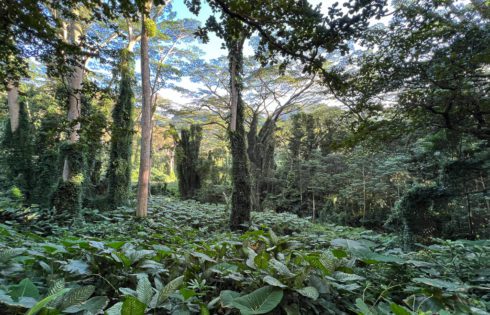
Nestled in a lush Hawaiian rainforest, this trail is one of the most popular and scenic hikes on the island of Oahu. But is it worth the visit—and what should
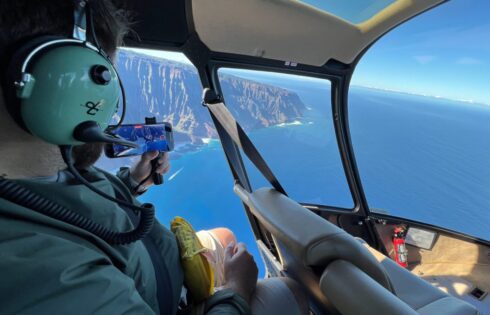
Doing a doors-off helicopter tour in Kauai is a must for many visitors to the island. Kauai is the most beautiful Hawaiian island to many people and every inch of
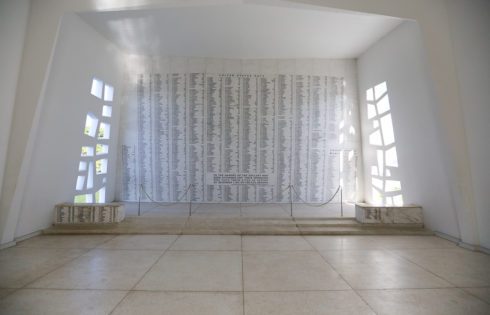
1,177. That’s the number of lives lost on the USS Arizona on the day that would forever live in infamy. Today, the USS Arizona Memorial pays tribute to these lives
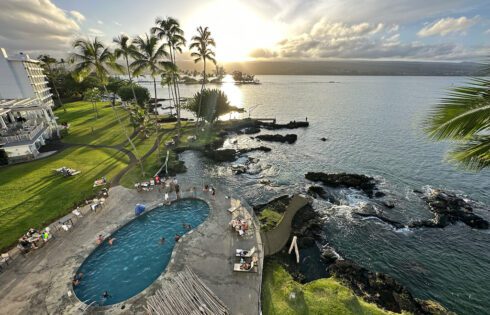
Tucked away on the lush, rain-kissed side of the Big Island, this DoubleTree seems like the stuff of tropical dreams—towering palms, ocean views, and a location steps from iconic Hawaiian
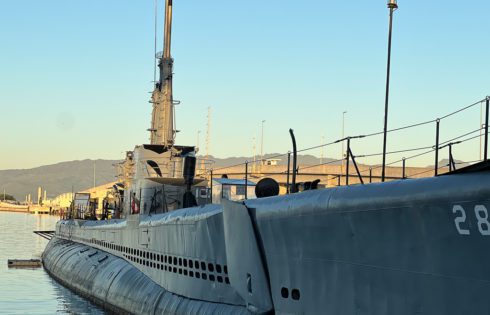
One of the must-see attractions when visiting Pearl Harbor in Hawaii is the USS Bowfin submarine. It’s one of the only places where you can actually go inside the tight
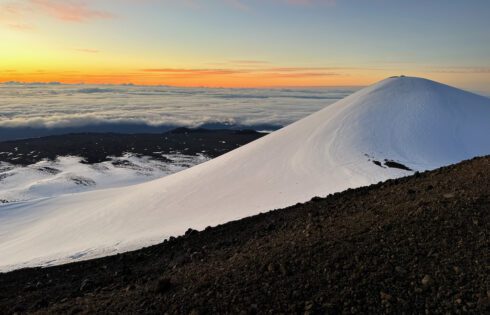
Mauna Kea is one of the must see spots on Hawaii and for people who love mountains and astronomy, it’s one of the top sites in the world. It’s also
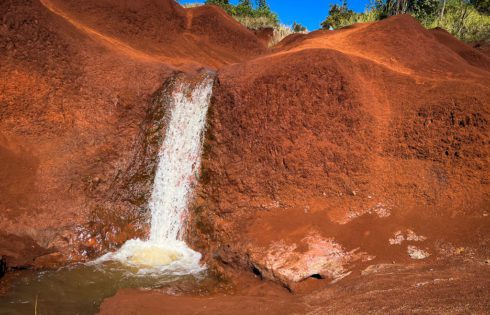
Tucked just outside the jaw-dropping Waimea Canyon, Red Dirt Falls is the perfect warm-up to one of Hawaii’s most scenic drives. It’s easy to access, completely free, and unlike any
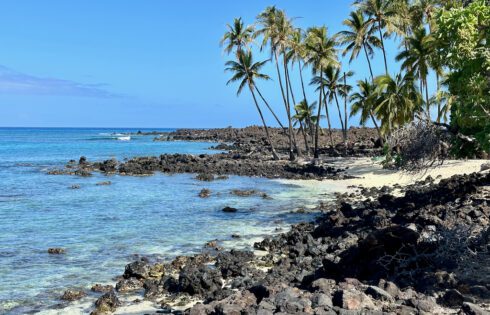
Hawaii is often thought of as the ultimate vacation destination that everyone instantly falls in love with. And how couldn’t you with all of the breathtaking scenery, warm weather, clear
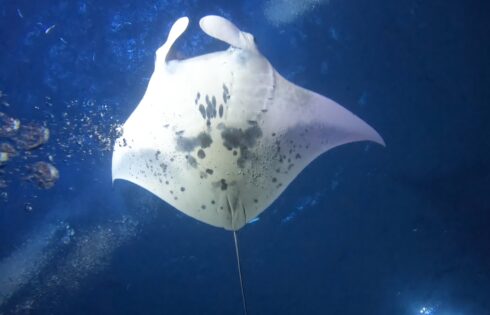
Scuba diving with manta rays on the Big Island is, without a doubt, a bucket list experience. It’s almost impossible to put into words the rush you feel as these
| Cookie | Duration | Description |
|---|---|---|
| cookielawinfo-checkbox-analytics | 11 months | This cookie is set by GDPR Cookie Consent plugin. The cookie is used to store the user consent for the cookies in the category "Analytics". |
| cookielawinfo-checkbox-functional | 11 months | The cookie is set by GDPR cookie consent to record the user consent for the cookies in the category "Functional". |
| cookielawinfo-checkbox-necessary | 11 months | This cookie is set by GDPR Cookie Consent plugin. The cookies is used to store the user consent for the cookies in the category "Necessary". |
| cookielawinfo-checkbox-others | 11 months | This cookie is set by GDPR Cookie Consent plugin. The cookie is used to store the user consent for the cookies in the category "Other. |
| cookielawinfo-checkbox-performance | 11 months | This cookie is set by GDPR Cookie Consent plugin. The cookie is used to store the user consent for the cookies in the category "Performance". |
| viewed_cookie_policy | 11 months | The cookie is set by the GDPR Cookie Consent plugin and is used to store whether or not user has consented to the use of cookies. It does not store any personal data. |
